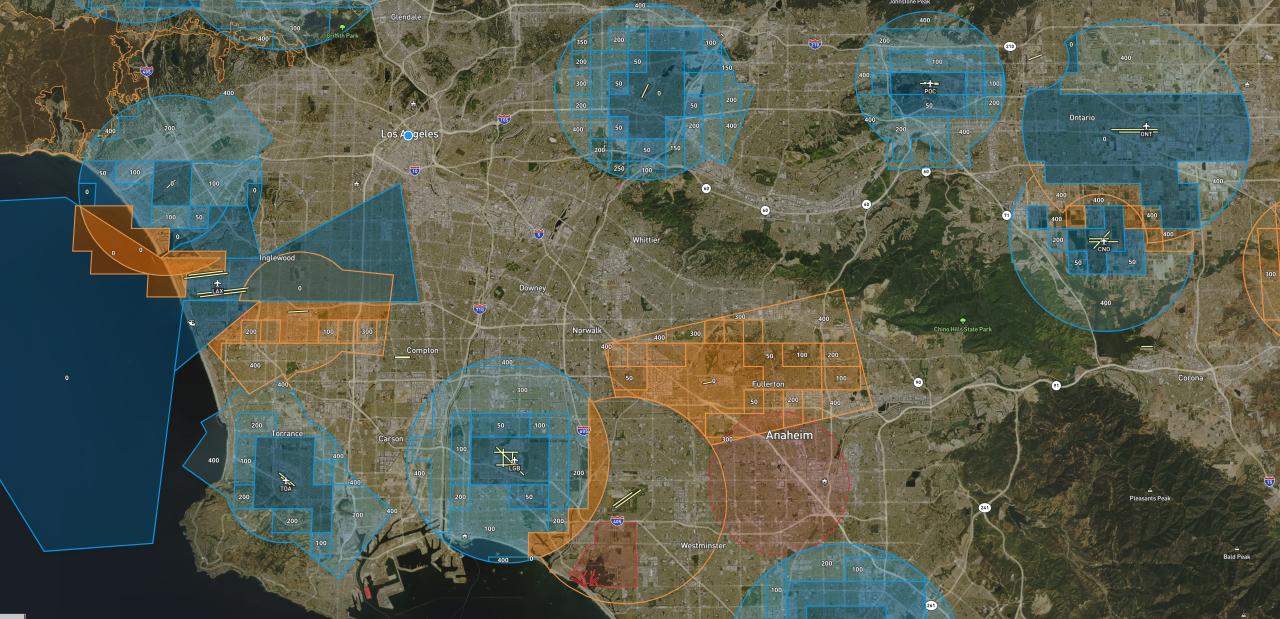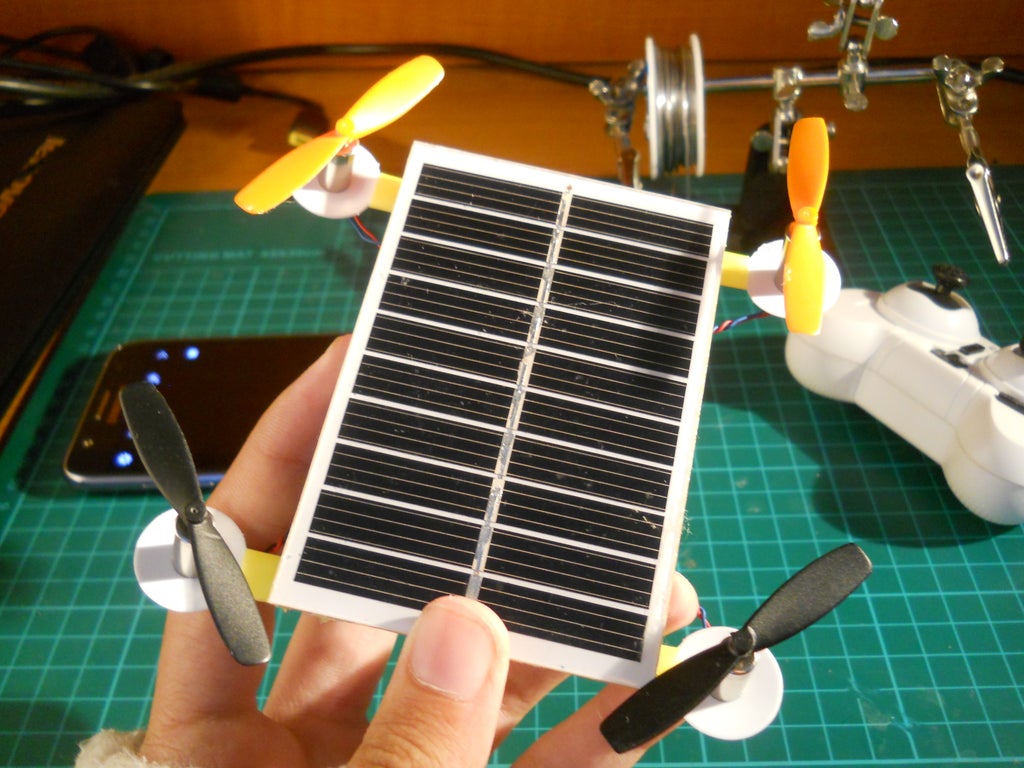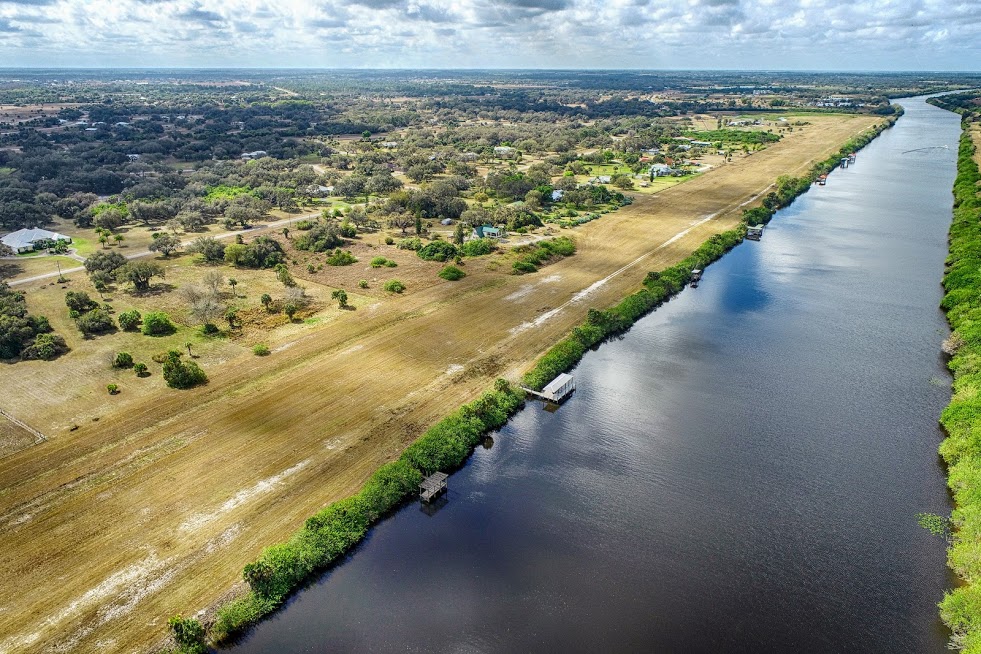
Agricultural drones are unmanned aerial vehicles used for crop monitoring and yield optimization. These drones have many applications in agriculture, from evaluating crop growth and development to helping determine weed control. You can read on to learn about these new technologies. You may be amazed at how much money they save. These items could even help you make money. Let's find the out! Let's find out what drones can do for agriculture.
Agricultural drones
Drones in agriculture are an exciting new way to conduct agricultural research. They are however expensive. Professional-grade drones have some benefits, including automated flight options and near infrared cameras. These drones are expensive because they require special software to plan surveys and post-process data. This article will highlight some of the many benefits of agricultural drones. Also, you'll learn how drone technology is being used in agriculture today.
Applications
Many uses can be made of agricultural drones such as monitoring soil conditions and identifying weeds. Drones provide precise mapping information to farmers and can also provide information about the soil elevations. This can help in planning irrigation. Drones can also provide important information on soil nitrogen levels that can help farmers optimize fertilizer use. Drones are able to provide accurate data about crop health and yield which can be very helpful for farmers.

Costs
Costs are a key question when considering drones for agricultural purposes. Drones have a lower cost than other agricultural tools, and the drones themselves are relatively inexpensive. They also require little maintenance compared to other agricultural tools. The cost of a spraying drone will be around $1,500 compared to the $20,000 price tag of a commercial spraying drone. A few drone operators may need to buy spare batteries or other parts.
Challenges
Farmers rely on a variety of factors to determine crop health and improve yields. A growing collection of information will help farmers adapt to changing conditions and make their decisions with greater precision. While drones are a great tool for farmers, they also have their challenges. Many countries are yet to finalize drone regulations. Many countries don't have the necessary personnel to supervise drones used in agriculture. Fortunately, drones are increasingly available and the next few years are likely to be full of exciting new agricultural applications.
Future
Drones in agriculture have many benefits. They are able to make precise pesticide or fungicide application. Full-spectrum drones have the ability to detect soil magnesium or ammonia. These substances can cause damage to crops. Growers can modify the technology by attaching new sensors to existing drones. Drones are also a great tool for reaching difficult-to-reach places. Drones can be used to precision farm, which allows growers to reduce the risk of crop failure and maximize yields.

FAQ
Are drones permitted at public events?
The rules are not required for drone flying. The event organizers will require approval if you plan on flying your drone during a public event like a parade, festival, concert or other similar event.
Is drone regulation regulated by the FAA
The FAA supervises all aspects related to drone operations, including certification requirements and safety standards.
What is the main difference between a quadcopter or a helicopter?
Quadcopters are four-rotor helicopters that fly like traditional helicopters. It has four rotors which rotate independently. A quadcopter has four rotors. The hexacopter has six. Hexacopters have more stability and maneuverability than quadcopters.
What are the rules of operation for drones?
The FAA must register your drone. You will need to submit information about your drone including its weight and size as well as operating frequency. A FAA identification number is also required.
Statistics
- Research and Markets predict a growth rate of 51.1% over the next five years. (thedroneu.com)
- According to Indeed, a drone pilot gets paid $25.73 per hour on average in the US. (dronesgator.com)
- According to ZipRecruiter, the minimum hourly wage of drone pilots is $20. (thedroneu.com)
External Links
How To
Repairing A Drone's Damaged Motor
To repair a motor damaged, the first step is to identify which part is broken. This is easiest to do by removing the propeller from its shaft. Then remove any wires and take a look at the motor's inner workings. If you see something wrong, then you know what part of the motor you have to fix.
If the motor has not been damaged, it is safe to fly again.
Consider a motor that has become bent and won't turn. The motor must be bent again. To hold the motor, use a vice grip or pair of pliers. After this is done, you should inspect the motor carefully for any signs or wear.
Once you're satisfied that everything's ok, put the propeller back onto the motor shaft and reattach the wires. Your drone is now ready for flight!